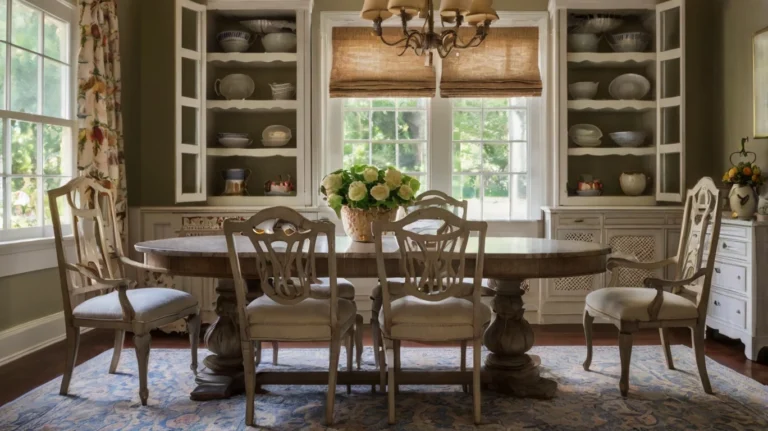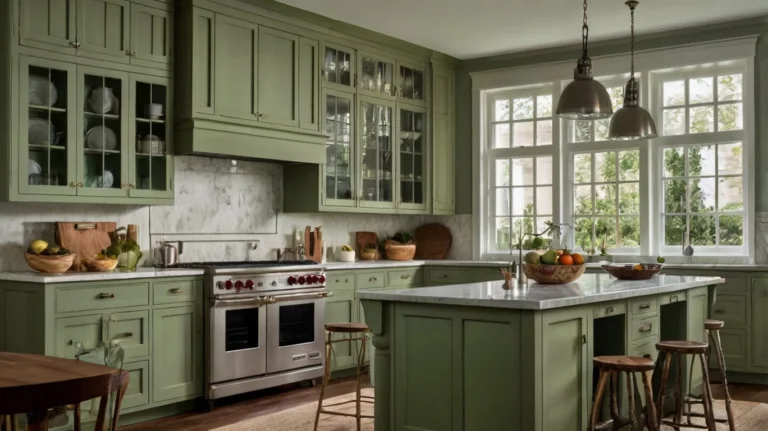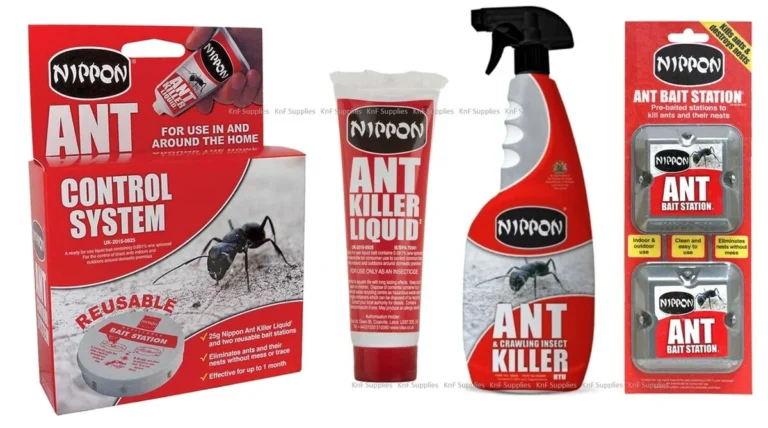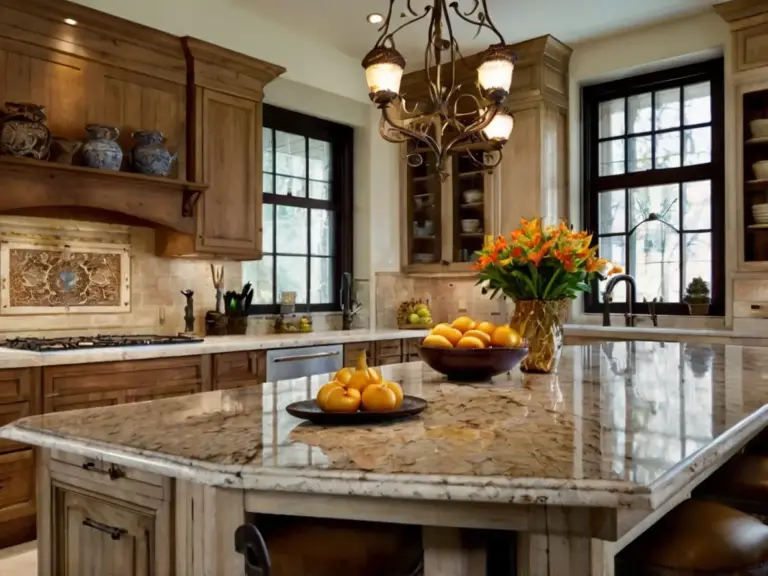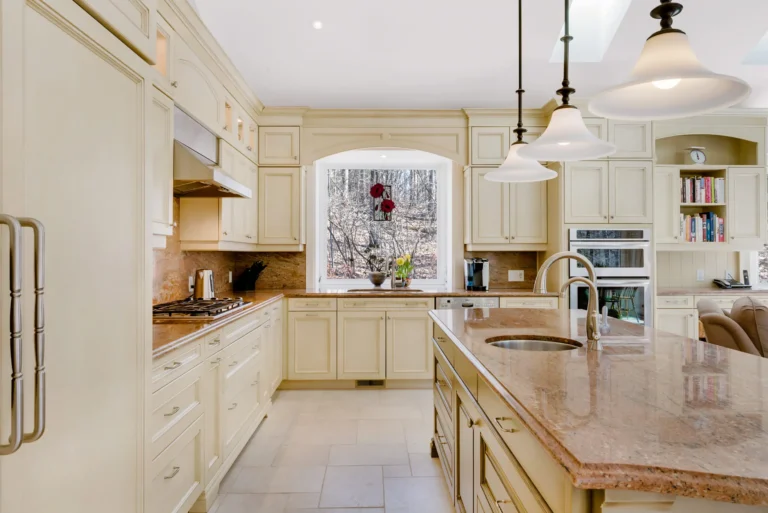How to Clean Wood Kitchen Cabinets, According to Pros

Table of Contents
How to Clean Wood Kitchen Cabinets: Wood kitchen cabinets add a touch of warmth and elegance to any kitchen. However, they also require regular maintenance to keep them looking their best. Over time, wood cabinets can accumulate dust, grease, and grime, which can dull their finish and compromise their longevity. Cleaning wood kitchen cabinets properly is crucial not only for maintaining their appearance but also for preserving their structural integrity.
In this comprehensive guide, we will explore how to clean wood kitchen cabinets effectively, with expert tips and techniques from professionals. We’ll cover everything from basic cleaning methods to deep cleaning strategies, as well as preventative measures to keep your cabinets looking pristine for years to come.

Understanding Your Wood Cabinets
Before diving into cleaning methods, it’s important to understand the type of wood and finish your cabinets have. Wood cabinets come in various types, including oak, maple, cherry, and more. Each wood type may react differently to cleaning products. Additionally, the finish on your cabinets—whether it’s varnish, lacquer, or a painted finish—will also impact how you should clean them.
Types of Wood Finishes
- Polyurethane Finish: Durable and water-resistant, this finish is common on kitchen cabinets. It usually requires gentle cleaning to avoid damaging the finish.
- Lacquer Finish: This provides a high-gloss look and is relatively easy to clean. However, it can be more susceptible to scratches and needs careful cleaning to avoid dulling the shine.
- Oil-Based Finish: Often found on antique or high-end cabinets, oil-based finishes provide a rich, deep color but require more maintenance to keep the wood nourished.
- Painted Finish: Painted cabinets are prone to fingerprints and stains but can be cleaned with mild soaps and water.
Basic Cleaning Supplies
To clean your wood kitchen cabinets, you’ll need some basic supplies. Here’s a list of essentials:
- Soft Cloths: Microfiber cloths are ideal for dusting and wiping down surfaces.
- Mild Dish Soap: Gentle on finishes and effective at cutting through grease.
- Wood Cleaner: Specialized products designed for wood surfaces.
- White Vinegar: A natural cleaner that can help cut through grease and grime.
- Baking Soda: Useful for tougher stains and odors.
- Wood Polish or Conditioner: Helps maintain the finish and adds shine.

Step-by-Step Guide to Cleaning Wood Kitchen Cabinets
1. Dusting the Cabinets
Why It’s Important: Dusting removes loose particles that can scratch the wood during more intensive cleaning.
How to Do It:
- Use a dry microfiber cloth to dust the surfaces of your cabinets. Start at the top and work your way down.
- Pay special attention to corners, crevices, and decorative elements.
- For intricate details, use a small, soft brush to reach into grooves.
2. Removing Grease and Grime
Why It’s Important: Grease can build up on cabinet surfaces, especially near the stove, and can be difficult to remove if left untreated.
How to Do It:
- Mix a solution of warm water and a few drops of mild dish soap.
- Dampen a soft cloth with the soapy water. Wring out excess moisture to avoid soaking the wood.
- Wipe down the cabinet surfaces, focusing on areas with visible grease.
- For stubborn grime, create a paste with baking soda and water. Apply it to the affected area, gently rub, and then wipe clean with a damp cloth.
3. Cleaning Glass and Decorative Elements
Why It’s Important: Glass panels and decorative elements can accumulate fingerprints, smudges, and dust.
How to Do It:
- Use a glass cleaner or a mixture of vinegar and water to clean glass panels. Spray the cleaner on a cloth, not directly on the glass, to avoid drips.
- Wipe the glass in a circular motion to prevent streaks.
- For decorative elements, use a soft brush or a small, damp cloth to clean details and avoid scratching.
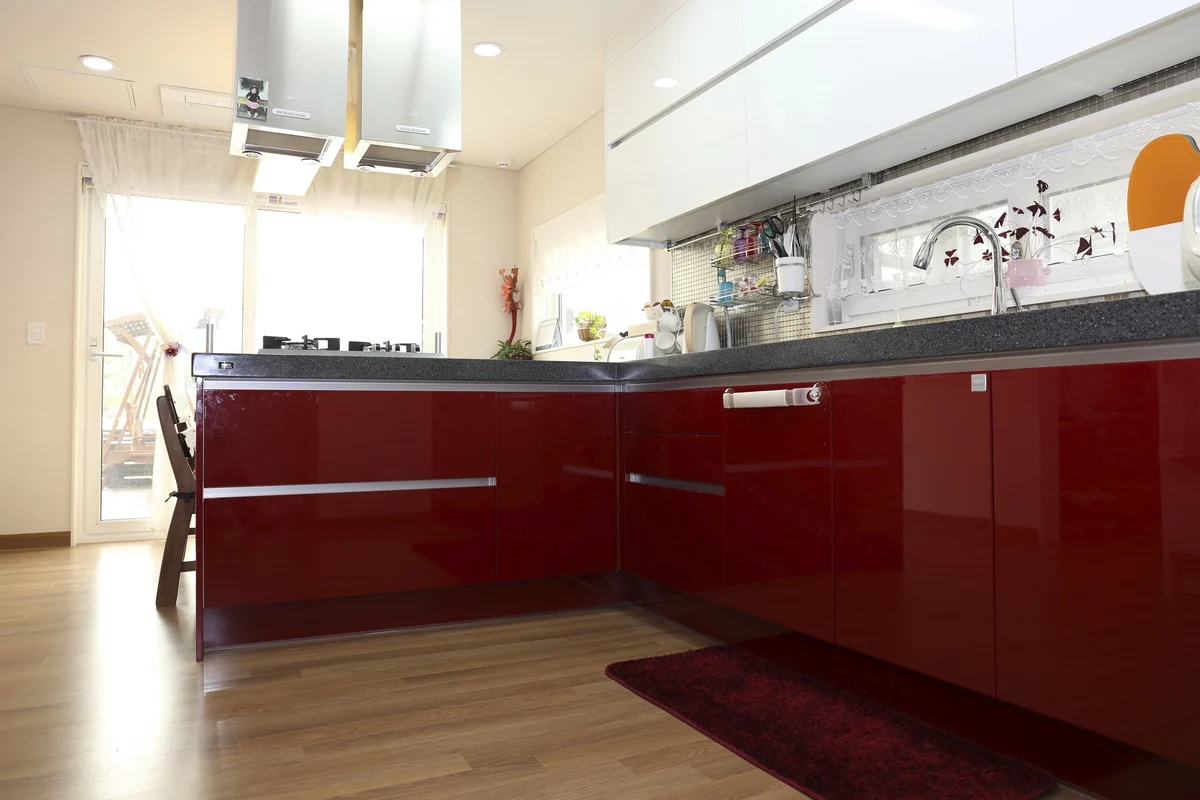
4. Deep Cleaning and Conditioning
Why It’s Important: Regular deep cleaning helps maintain the beauty of your cabinets and prevents long-term damage.
How to Do It:
- Prepare a Wood Cleaner: Use a commercial wood cleaner or a homemade solution of equal parts vinegar and water.
- Apply the cleaner to a soft cloth and gently wipe the cabinet surfaces. Avoid soaking the wood.
- Rinse with a clean, damp cloth to remove any residue.
- Dry the cabinets thoroughly with a dry cloth to prevent moisture damage.
- Apply a wood polish or conditioner if desired. Follow the product instructions for best results.
5. Addressing Specific Stains and Damage
Why It’s Important: Different types of stains and damage require specific treatment to restore the cabinet’s appearance.
How to Do It:
- Water Stains: Rub a mixture of baking soda and water into the stain, then wipe clean. For stubborn stains, try using a wood stain remover.
- Crayons or Markers: Gently rub the area with a cloth dampened with vinegar or rubbing alcohol. Test a small, inconspicuous area first.
- Scratches: Use a furniture touch-up pen or wood filler to cover scratches. Follow the product instructions and blend with the surrounding wood.
Tips for Preventing Future Build-Up
- Regular Cleaning: Dust and clean your cabinets regularly to prevent grease and grime accumulation.
- Use Cabinet Liners: Protect the interior surfaces from spills and stains with cabinet liners.
- Proper Ventilation: Use an exhaust fan or open windows while cooking to minimize grease build-up.
- Avoid Harsh Chemicals: Stay away from abrasive cleaners, ammonia, or bleach, which can damage the wood finish.
Common Mistakes to Avoid
- Using Too Much Water: Excess moisture can damage wood and cause warping. Always wring out your cloths and avoid soaking the wood.
- Scrubbing Too Hard: Harsh scrubbing can scratch the wood surface. Use gentle motions and appropriate cleaning products.
- Ignoring Finish Type: Different finishes require different cleaning methods. Always check the manufacturer’s recommendations for your specific finish.
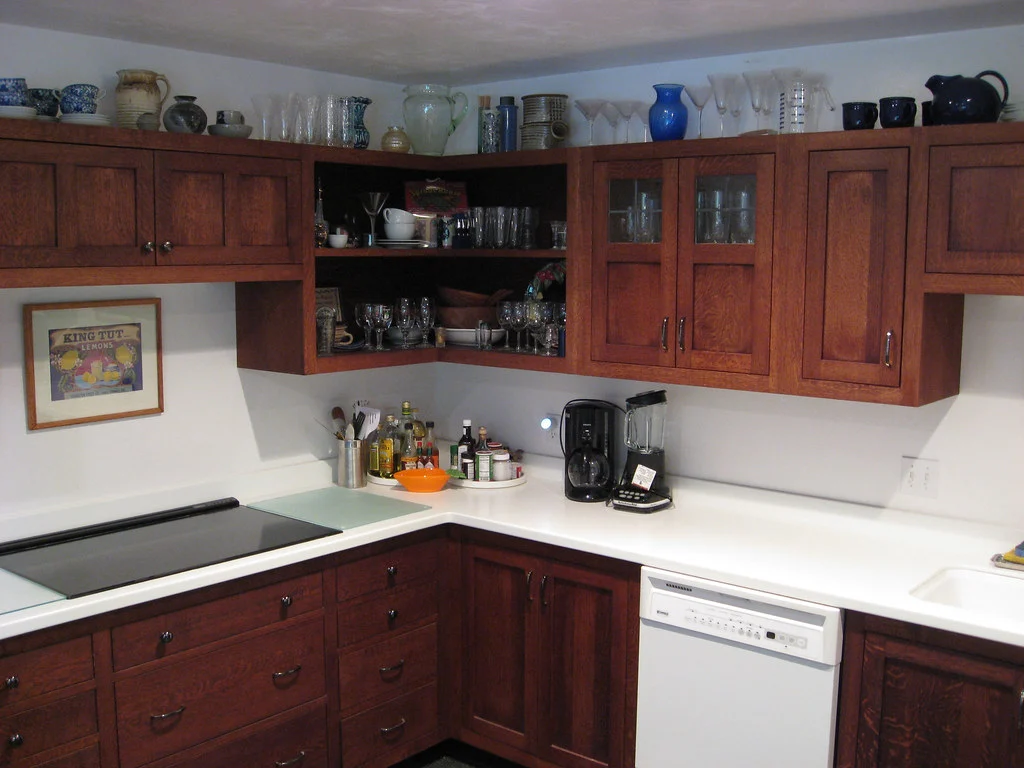
When to Seek Professional Help
While regular cleaning can be managed on your own, there are situations where professional help is advisable:
- Severe Damage: If your cabinets have significant damage, such as deep scratches or severe water damage, a professional can assess and repair the issue.
- Antique Cabinets: Valuable or antique cabinets may require specialized cleaning and restoration techniques that professionals are best equipped to handle.
- Extensive Grease Build-Up: If grease build-up is extensive and difficult to remove, professionals can use industrial-grade cleaners and techniques.
Conclusion
Maintaining wood kitchen cabinets requires a combination of regular cleaning and periodic deep cleaning to ensure they remain beautiful and functional for years. By understanding the type of wood and finish, using the right cleaning products and techniques, and following preventive measures, you can keep your cabinets in top condition. Remember, the key to long-lasting cabinets is consistent care and attention. If you encounter severe issues, don’t hesitate to seek professional assistance to restore the beauty and integrity of your wood kitchen cabinets.
FAQ on Cleaning Wood Kitchen Cabinets
Q1: How often should I clean my wood kitchen cabinets?
A1: It’s recommended to clean your wood kitchen cabinets at least once a month to prevent the build-up of dust, grease, and grime. For high-traffic areas, such as around the stove, you may need to clean more frequently to maintain their appearance and functionality.
Q2: What cleaning products are safe for wood kitchen cabinets?
A2: Use mild dish soap diluted in water, a gentle wood cleaner, or a mixture of equal parts vinegar and water for cleaning wood cabinets. Avoid harsh chemicals like bleach, ammonia, or abrasive cleaners, as they can damage the wood finish. Always test a small, inconspicuous area first.
Q3: Can I use a steam cleaner on my wood cabinets?
A3: It’s generally not recommended to use a steam cleaner on wood cabinets. Excessive moisture from steam can damage the wood and finish. Instead, use a damp cloth and mild cleaning solutions to avoid introducing too much water to the wood.
Q4: How do I remove stubborn grease stains from my cabinets?
A4: For stubborn grease stains, create a paste from baking soda and water, apply it to the stain, and gently scrub with a soft cloth. You can also use a commercial degreaser specifically designed for wood surfaces. After cleaning, wipe the area with a damp cloth to remove any residue and dry thoroughly.
Q5: How can I restore the shine to my wood cabinets?
A5: To restore the shine to your wood cabinets, apply a wood polish or conditioner designed for the type of finish on your cabinets. Follow the product instructions, usually involving applying a small amount of polish to a soft cloth and buffing the surface in circular motions. Regular conditioning helps maintain the wood’s luster and protect the finish.


